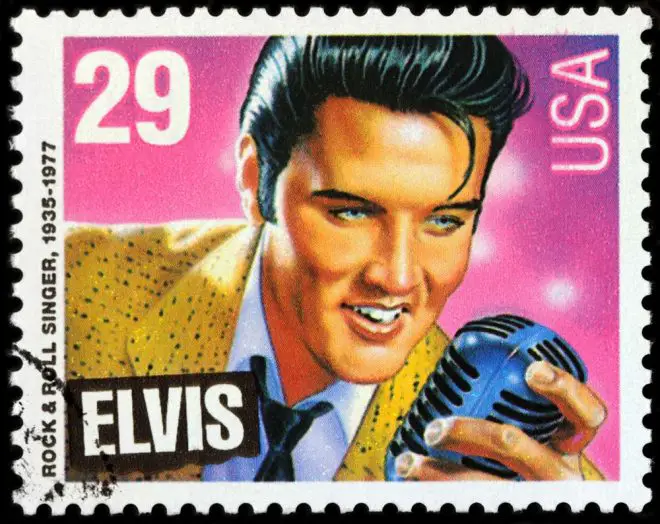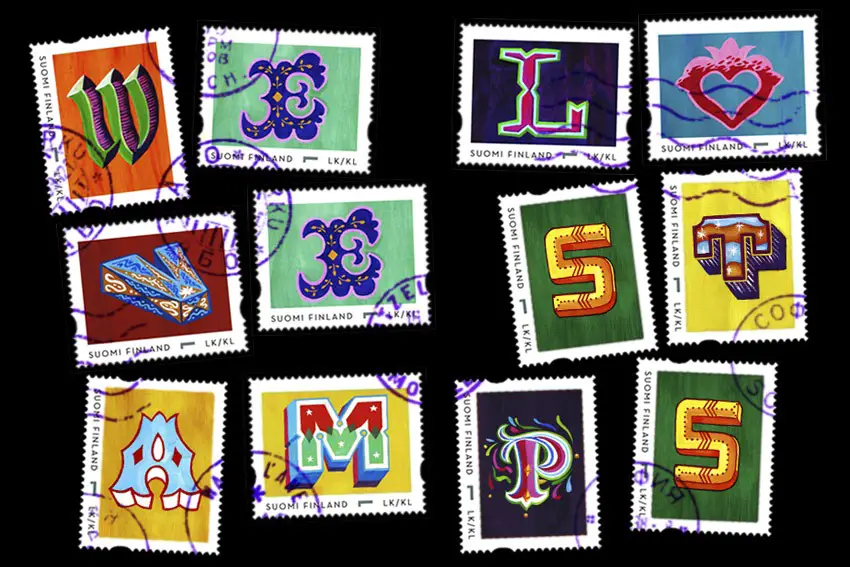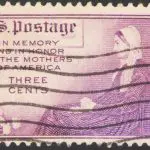
Much of our country’s cultural history is reflected by the stamps that are created. Countless faces of celebrities, presidents, and even fictional cartoon characters have graced some of the most prime (and printed) real estate in history. However, have you ever wondered who the first actress was to appear on a U.S. postage stamp? Or the first African-American? Below we’re going to answer some commonly asked questions about the most popular stamps that have ever existed in America.
Contents
Who Was the First Hollywood Actress to Appear on a U.S. Postage Stamp?
Grace Kelly became the first Hollywood actress to appear on a U.S. postage stamp. After winning an Academy Award as Best Actress for her film The Country Girl, Grace Kelly retired from Hollywood. In 1956, she became Princess Grace after marrying Monaco’s Prince Rainier. Once she was royalty, Grace Kelly re-introduced herself to the world as a woman that cared about charity and the less fortunate. In 1982, Princess Grace died in a fatal car accident.
In 1993, both the United States and Monaco released a commemorative postage stamp in Grace Kelly’s memory. Since there is a law in the United States that prevents stamps from showing foreign leaders, the U.S. put her name as “Grace Kelly.” On the Monaco stamp, she is named “Princess Grace.”
What Cartoon Character Was the First to Appear on a Stamp?
In 1997, back when stamps were only 32 cents, Bugs Bunny became the first cartoon character ever to grace the front of a U.S. stamp. Interestingly, the Bugs Bunny stamp is still in high demand and currently stands at number seven on the top ten list for the most popular stamps (in the United States). Not surprisingly, many people were upset to discover that Mickey Mouse wouldn’t be the first cartoon character to appear on a U.S. stamp. Regardless, the Bugs Bunny stamp attracted plenty of customers and sold quite well.
Besides those that discredited Bugs Bunny (as an unwise stamp choice because they would have preferred Mickey Mouse), the Bugs Bunny stamp concept was criticized for other reasons as well. Before Bugs Bunny appeared on a stamp, nothing like this had ever been done before, and many stamp collectors felt that using cartoon characters on stamps disgraced the entire tradition of individuals appearing on stamps. More formal stamp collectors at the time argued that stamps are a symbol of our nation’s identity, and they had zero interest in Bugs Bunny being tied to that.
Regardless, the Bugs Bunny stamp was still released, and it sold quite well. It continues to be a trendy stamp for collectors to this day. Nowadays, so many of us think of Bugs Bunny as part of our national culture, and it only seems fit that he has his place in history.
Who Appeared on the Best-Selling Commemorative Postage Stamp in U.S. History?
If we are leaving out misprints, the answer would be Elvis. So, let’s look at this one in a little more depth. The most popular stamp in our history was a misprinted stamp. It first came out in 1918 as a 24-cent stamp with a biplane. That biplane was misprinted (upside down), and only a hundred of these misprints, known as the “Inverted Jenny,” made it to the public. Since then, philatelists have tried to hunt down these mysterious stamps. To give you an idea of how much this stamp is worth, one of the last “Inverted Jenny” stamps we know about sold for $625,000 at an auction.
So, while the “Inverted Jenny” is important, it’s not the answer most people hear when they ask this question. The best-selling commemorative postage stamp in U.S. history featured Elvis, and was printed in 1993. This 29-cent stamp is still famously in existence, with more than 120 million of them known to be in circulation. One of the reasons why the Elvis stamp became so popular has to do with a survey the US Postal Service sent out, giving people a vote on the stamp. Individuals were asked if they wanted an older, heavier Elvis, or a younger, thinner one. Not surprisingly, Young Elvis took the vote.
On the other end of the spectrum, we have the biggest commemorative stamp debacle to note here, too. After the release of the famous Elvis stamp, the postal service wanted to follow up with another hit. So, they made a commemorative stamp of Homer Simpson, who was at the height of his popularity at the time. The postal service anticipated huge sales; however, only 318 million (out of one billion) Homer stamps ever sold.
Who Was the First African American to appear on a U.S. Postage Stamp?
The first African American to appear on a U.S. postage stamp was Booker T. Washington, the famous teacher/writer who started life as a slave and then later became a renowned orator that discovered the Tuskegee Institute. Interestingly, in 1940, Washington appeared on not just one stamp, but two stamps that same year, which represented a real victory for the African American community.
Considering the state of the world in 1940, and the likelihood of seeing an African American on any postage stamp at that time, you can really appreciate how vital the Booker T. Washington stamps are. During the first part of the 20th century, the only individuals found on postage stamps were presidents and generals.
It’s also worth mentioning that only eight stamps had women on them by 1940, and three of those stamps all pictured Martha Washington. Another two of them were fictional characters. Because there were so few women, a movement started in the 1930s to put Susan B. Anthony on a postage stamp instead of another military figure. After Anthony’s supporters achieved their victory, an African-American newspaper then asked why no African-Americans ever appeared on U.S. stamps. As a result, the movement toward putting Washington on a stamp had begun.
Booker T. Washington was the obvious candidate to be placed on a U.S. postage stamp. After Washington was nominated, the president, Franklin Delano Roosevelt, agreed that the stamp should be released. It was decided to issue stamps with influential educators on them, with Washington appearing as one of those educators. Unfortunately, even with the president’s support, the stamp idea received a lot of criticism.
Another part of the problem with Washington’s stamp was that it was a ten-cent stamp, which there wasn’t much use for at the time. If Washington’s stamp had been three cents, it would have been much more accessible. That’s because first-class postage was three cents a stamp at the time. To some (and for good reason), it seemed like the release of an African American on a stamp was purposely limited by its ten-cent price. Furthermore, some critics were upset that Washington appears “safely” as an educator in the stamp, and not as the dominant public figure he was.
You can certainly see how some U.S. postage stamps have not only had a fascinating history, but they’ve created a lot of controversies based on our country’s cultural views at the time. Still, it’s nice to see the way stamps have helped our country evolve and mature over time. While there is always room for improvement, stamps (and our feelings about them) have always had an enormous influence on our society.






